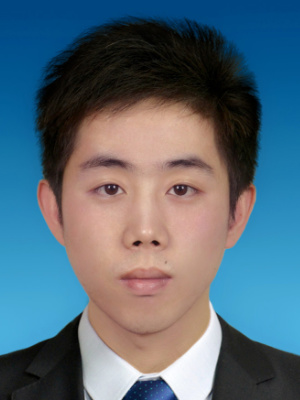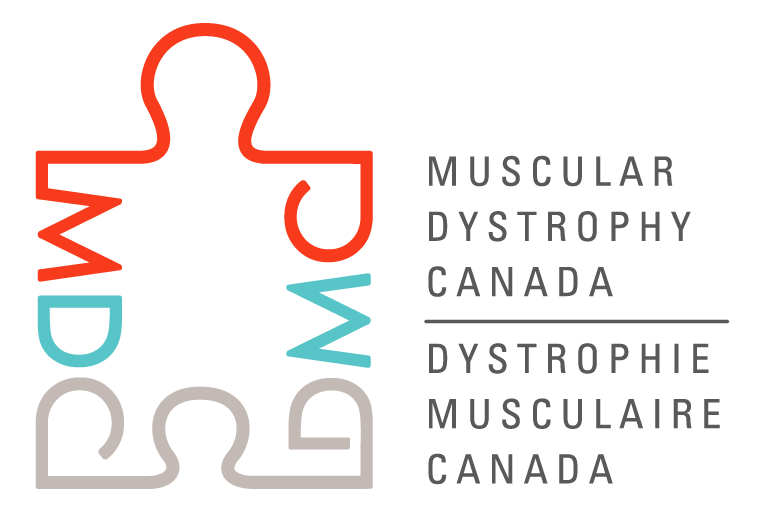Targeting the Perivascular MuSC Niche for the Treatment of Muscular Dystrophy
2023
Lead investigator

Dr Yuguo Liu
Université de Sherbrooke
Sherbrooke, QC
Research Sites & Affiliations
- Université de Sherbrooke, Sherbrooke, QC
Budget: $40,000
Disorders: Duchenne/Becker Muscular Dystrophy , Collagen VI-related dystrophy (Bethlem-Ullrich) , Congenital Muscular Dystrophies , Congenital muscular dystrophy Lama2-related
Research Areas: Discover Novel Treatments & Therapies
Abstract:Grant Summary: Muscular dystrophies (MDs) are a group of rare muscle conditions that can affect, amongst others, young children. To date, no effective treatment is available for MD. The causes of different forms of MD are highly diverse, which makes it difficult to develop treatments that can be used for all patients. In mouse models of three different types of MD (Duchenne, Collagen 6 related, and Lama2-related muscular dystrophies), the researchers discovered that the ability of muscle to repair itself is strongly reduced. They observed that, compared to healthy muscles, this is due to a lower amount of blood flow in the tissue. They next identified a drug that is able to increase the amount of blood vessels in muscles of mouse models of MD. In all three models, this treatment led to dramatically improved self-repair of muscles. Interestingly, they found that this was due to better function of muscle stem cells. Dystrophic mice treated with this drug showed many improvements, lived longer, and became 2-3 times stronger than animals that did not receive the medication. Based on their initial discovery, they now will search for drugs that are even more effective and have a stronger treatment effect. They will also try to better understand the mechanism of action that leads to the striking reduction in disease severity. The study will lay the groundwork for a much-needed novel and highly efficient drug that can be used to treat many different forms of MD.
Impact:
